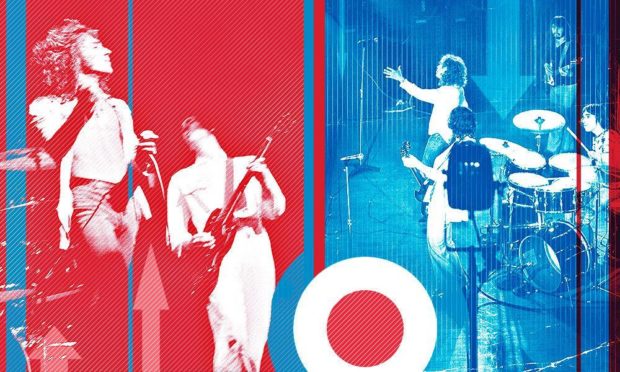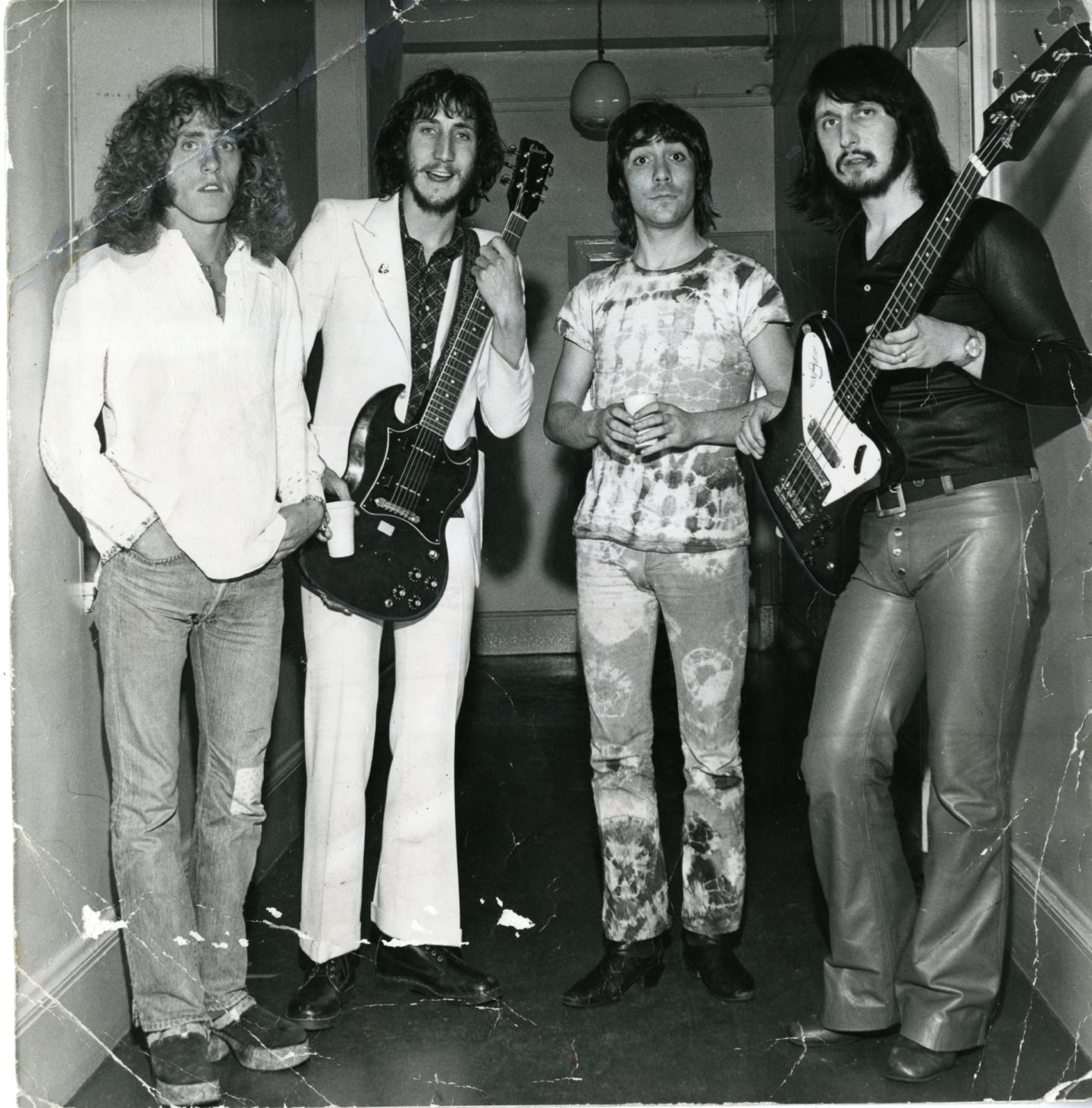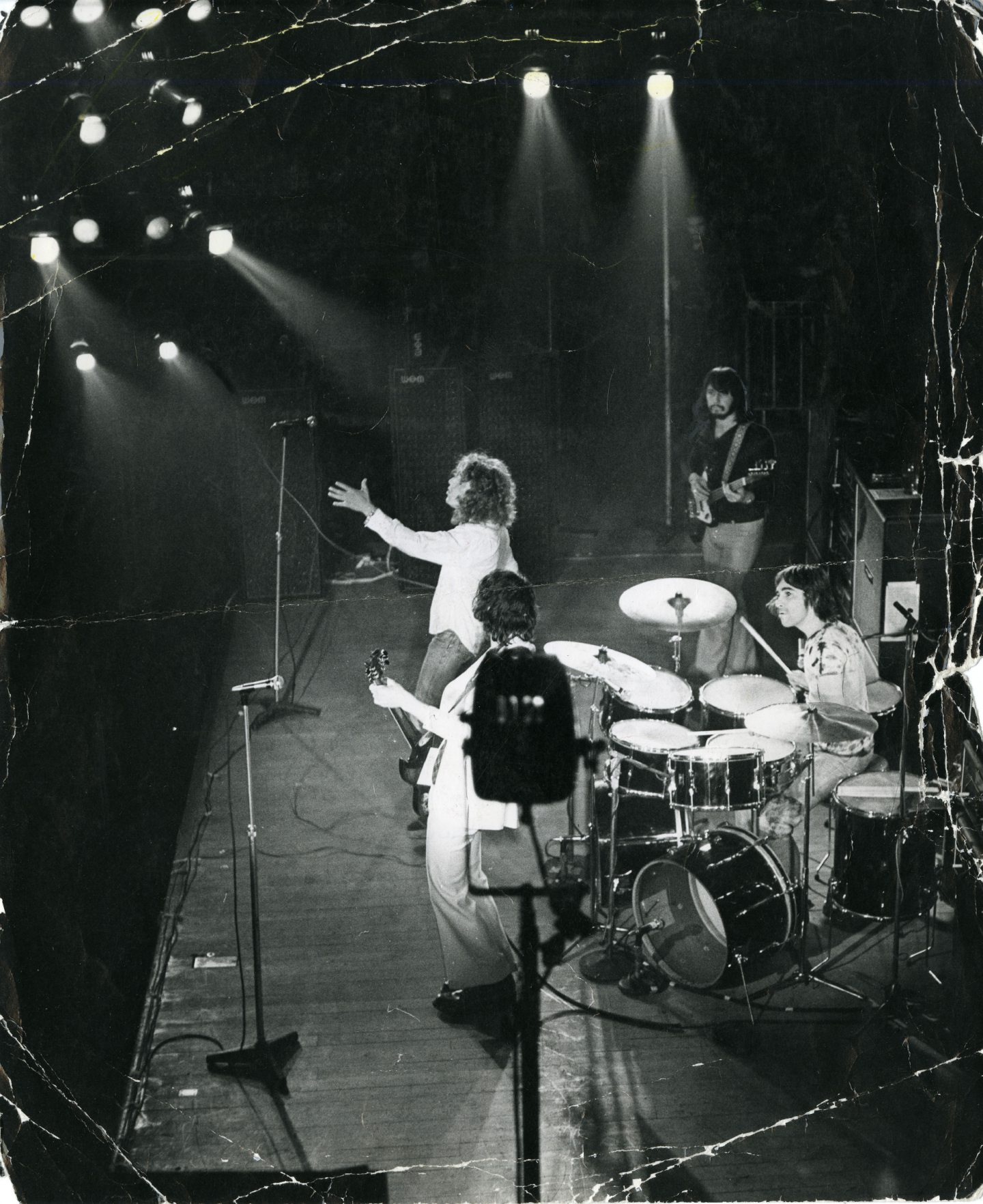Over 2,500 fans packed in to the Caird Hall on May 23 1971 about to become guinea pigs for the newest offering from London rockers, The Who.
They were in the midst of recording their fifth studio album ‘Who’s Next’ when the group chose Dundee as one of their first concert tour stops in a year and used the gig as a way to try out some of their upcoming releases and also some new technology.
The tickets were £1 for general admission, or just 75p if you were happy with being up in the gallery, but it didn’t matter where you were in the venue there was one thing for sure – you would definitely hear The Who loud and clear.
It would be the first time The Who would play in Dundee although they were booked five years earlier as part of a UK tour.
Their September 1966 date was ultimately cancelled after the band were given the chance to visit America and they planned to fly out the same day as the Caird Hall performance.
Their American dream was short lived on this occasion though with Visa issues meaning the group had to stay put leaving both Dundonians and Americans disappointed.
The Poets open the show
Glaswegian outfit The Poets were adding some Scottish flair to the evening as the psychedelic blues band opened the show.
Reports at the time said huge scaffolding had been erected at either side of the stage which housed dozens of flashing coloured lights that seemed to lend themselves to The Poets’ more “delicate” songs such as a rendition of the Yes tune, Yours is no Disgrace.
They also played homage to musical greats such as Crosby, Stills and Santana.
The Poets were formed 10 years before the gig in Dundee, however they were still at the top of their game, often being described as Scotland’s top band.
Despite this accolade they were no match for the headline act who were welcomed to the Dundee stage with unruly screams from adoring fans.
Teasing their upcoming album
Despite the show being a ‘secret gig’, the Caird Hall was a sell out for the boys who had travelled by chartered plane from London to Perth earlier in the day.
They wanted to try out some new material that would be included on their proposed Lifehouse album, which was a project which would ultimately be dumped.
Instead of Lifehouse, The Who went off and made the non-concept album Who’s Next, which included a number of the scrapped project’s songs.
First up at the Dundee gig was Love Ain’t For Keeping and fan Graham Kennedy who was just 15 at the time described hearing it for the very first time.
“I remember being amazed at the stage gear, the massive gantries with so many coloured lights,” he said.
“Bands were usually lit by just a couple of spotlights.
“The very first number in the set was Love Ain’t For Keeping and the sound was very loud but very clear.
“It was a new song and usually you think to yourself, ‘Hmm, I’ll get into this if I listen to it a few times’ but with this, I liked it instantly.”
The group, made up of original members Pete Townshend, Roger Daltrey, Keith Moon and John Entwistle, also tried out Pure and Easy, Time is Passing and Bargain for the accepting crowd.
But they also ensured they laced in some old time favourites as well.
Comical-clown drumming for Who guinea pigs
As the outfit played well-loved numbers like Pinball Wizard, Tommy and See Me, Feel Me, their well-known stage presence was in full swing.
The Who weren’t ones for just standing on stage and letting their music do the talking – although it would have been more than able to – the boys wanted to put on a performance that their audience would never forget.
The Evening Telegraph’s review of the show in the following day’s paper explained they certainly achieved their goal.
The Tele said: “Pete Townshend with his gyrating, jumping in the air while playing routine, Daltrey with his full, raging voice, Moon with his comical-clown drummer antics and quiet dignified Entwistle with his bass riffs – all these attributes give the group a rippling, magic-dream quality which abounds with technical brilliance.
“Twenty years or so from now, when all the youngsters in the Caird Hall are middle-ages, I’m sure the shattering effect of having been a Who guinea pig will still remain.”
Won’t Get Fooled Again
The evening continued with a performance of My Generation which seamlessly transitioned into Magic Bus that featured Daltrey on harmonica.
This would result in a volcanic eruption of applause and cheers from the adoring crowd but next up came the pièce de résistance of the night.
The band re-emerged for their encore of Won’t Get Fooled Again which was played with the assistance of a new backing tape which Townshend had recorded in his private studio.
The tape gave a cascading background effect to the improvisation of the group which was something many fans had never heard before.
Backstage after the show the group admitted that they had got “good vibrations” from the Dundee audience and Townshend said the encore number gave them special satisfaction as he admitted the tape took “months and months to work out”.
The Who, who formed as the High Numbers in 1964, are still going strong to this day despite the deaths of drummer Moon in 1978 and bass player Entwistle in 2002.
In 2011 they were said to have reached an audience of more than 100 million when they were chosen to play at the US Super Bowl, then went on to perform at the closing ceremony of the London Olympics the following year.
To coincide with The Who’s 50th anniversary, all studio albums, including the new compilation, The Who Hits 50!, were reissued on vinyl.
A UK tour originally planned for March and April 2020 was postponed for a year due to the pandemic before the group cancelled the run until further notice.
Townshend said “if one fan caught Coronavirus at a Who concert it would be one too many”.
Rolling Stones: Mick Jagger’s backstage deal prevented Dundee gig riot in 1964












